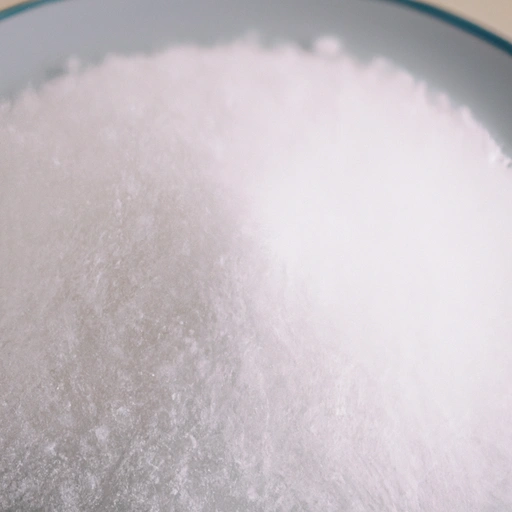Potash
Description

Potash is a term that refers to a variety of minerals and manufactured chemicals containing potassium, an essential element for both plant growth and human nutrition. In the context of food, potash most commonly denotes potassium carbonate (K2CO3), a white, water-soluble salt that is used in cooking, especially in the process of baking, as a leavening agent. While not as commonly used as modern-day baking soda (sodium bicarbonate), potash is still used in certain traditional recipes and can impart a unique texture and flavor to baked goods.
Common uses
Potash is primarily used in the culinary world as a leavening agent in recipes that require a quick rise, such as certain cookies and flatbreads. It's also employed in the making of traditional German baked goods such as Lebkuchen and Pfeffernüsse, as well as in some African cuisines where it's used in dishes like soups and stews for its tenderizing properties.
Nutritional value
Calories
Potash itself is not a significant source of calories.
Protein
It contains no protein.
Fat
Potash contains no fats.
Carbohydrates
It is not a source of carbohydrates.
Vitamins
There are no vitamins in potash.
Minerals
Potash is a source of potassium, an essential dietary mineral.
Health benefits
The potassium present in potash is crucial for maintaining proper heart function and plays a role in digestive and muscle function, as well as regulating fluid balance in the body. However, as a food additive, potash is used in such small amounts that it does not significantly contribute to the overall dietary intake of potassium.
Potential risks
While potash can be safe when used in proper amounts in cooking, excessive consumption of potassium can lead to health issues, particularly for those with kidney problems or those taking certain medications. Always use potash sparingly and according to recipe instructions.
Common recipes
Potash is found in some traditional recipes for baked goods and is sometimes used in recipes requiring a quick rise without the additional sodium that comes from baking soda.
Cooking methods
When using potash in recipes, it's often dissolved in a liquid prior to being added to the other ingredients. It can also be mixed with an acid to cause a reaction that will produce carbon dioxide, aiding in the leavening process.
Pairing with other ingredients
Potash pairs well with acidic ingredients that can neutralize its slightly bitter taste and enhance its leavening properties. This is why it's often used in recipes with sour agents like honey, molasses, or sour milk.
Summary
Potash, a valuable food ingredient with historic roots, is used as a leavening agent in baking. Though not as common today due to modern alternatives, it remains integral in specific traditional and regional cuisines. While it contains essential potassium, its use in recipes is typically minimal and does not significantly contribute to nutritional intake. As with all food additives, potash should be used responsibly to avoid any potential risks associated with excessive potassium intake.